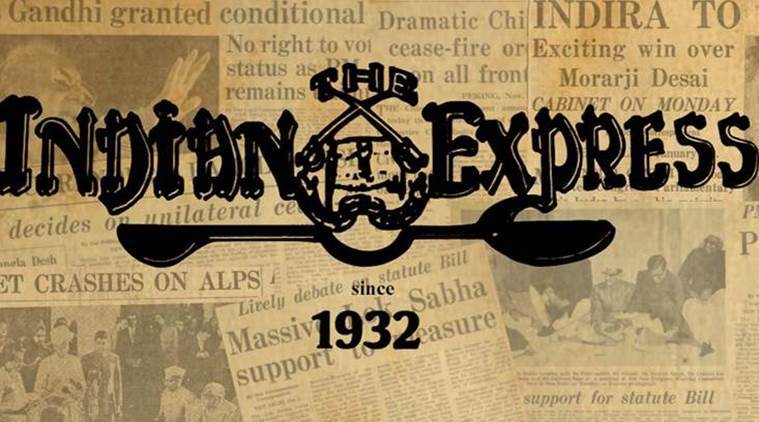 Justice for victims isn’t easy when the political class and state agencies collude in the crime.
Justice for victims isn’t easy when the political class and state agencies collude in the crime.
The Delhi High Court judgment that overturned a trial court’s acquittal of 16 personnel of the UP Provincial Armed Constabulary (PAC) accused of the 1987 Hashimpura massacres, is a severe indictment of the country’s criminal justice system. On Wednesday, 31 years after the event, the high court sentenced all the 16 accused to life imprisonment. It observed that the case was “yet another instance of custodial killing where the legal system has been unable to effectively prosecute the perpetrators of gross human rights abuses.”
As the HC observed, the Hashimpura massacre was a case of targeted killing (of Muslims) that “reveal an institutional bias within the law enforcement agents”. Soon after the riots that rocked Meerut in the aftermath of the opening of the locks of the Babri Masjid, a PAC team rounded up over 40 men, all Muslims, from Hashimpura, a mohalla in Meerut, and shot them. Thirty-eight men died, but relatives got to identify only 11 bodies. Right from the start, the agencies involved in the investigation tried to hush up the case. The first chargesheet was filed in a court in Ghaziabad only in 1996, 11 years after the incident. After the Supreme Court intervened, the cases were shifted to Delhi in 2002 and a fresh chargesheet was filed in 2006. The trial court in 2015 confirmed the massacre and ordered that compensation be paid to the families of victims, but held the prosecution could not prove “beyond reasonable doubt” that the PAC personnel carried out the killings. Later, the National Human Rights Commission (NHRC) impleaded in the case citing new evidence. Fresh evidence, mainly PAC’s general diary and truck driving registers, which had been withheld from courts by the investigating agencies, allowed the HC to pin the crime on the accused. However, it must not be forgotten that only the constabulary, who merely execute the orders of superior officers, have been held accountable for the murders. It is inconceivable for a crime of this magnitude to have taken place, and its perpetrators shielded, without the connivance of higher officials in police and government.
Justice for victims isn’t easy when the political class and state agencies collude in the crime. The Nellie massacre in 1983, Delhi anti-Sikh riots of 1984, 2002 Gujarat massacres, 1992-93 Bombay riots, and several other major and minor incidents of communal violence confirm how systemic biases contribute to the subversion of due process. However, when institutions — courts, NHRC, media etc. — work together, results can be achieved: In the Hashimpura case, the HC admitted photographs of Praveen Jain, a journalist with this newspaper, as evidence that corroborated the testimonies of survivors and eye witnesses. The lesson from Hashimpura is that justice can be successfully pursued if institutions work diligently and deliver on their mandate.